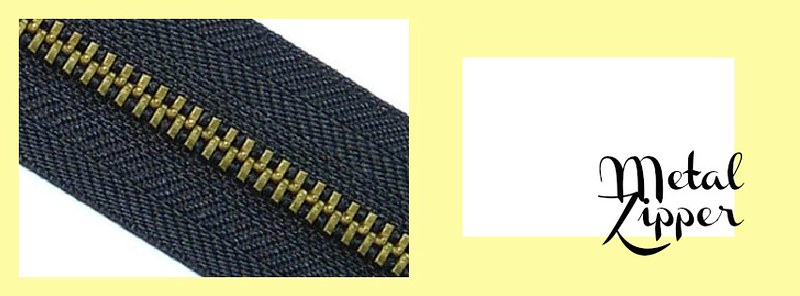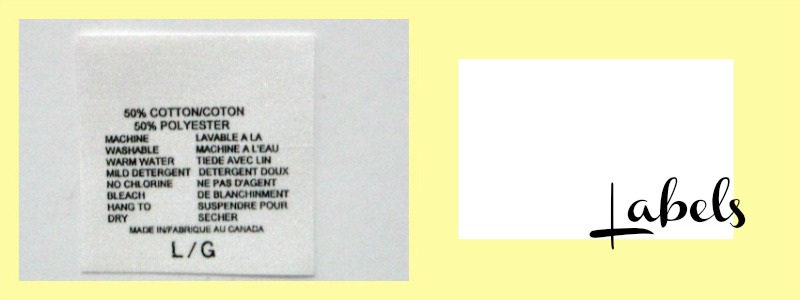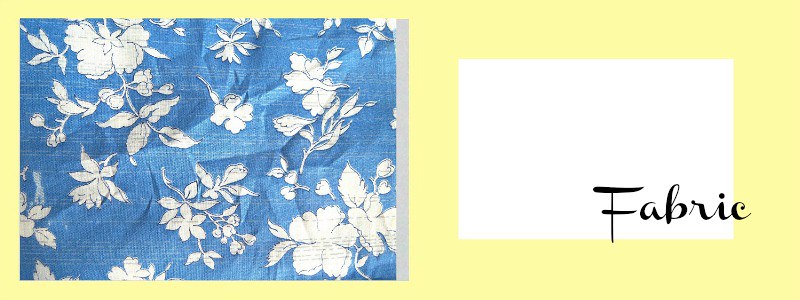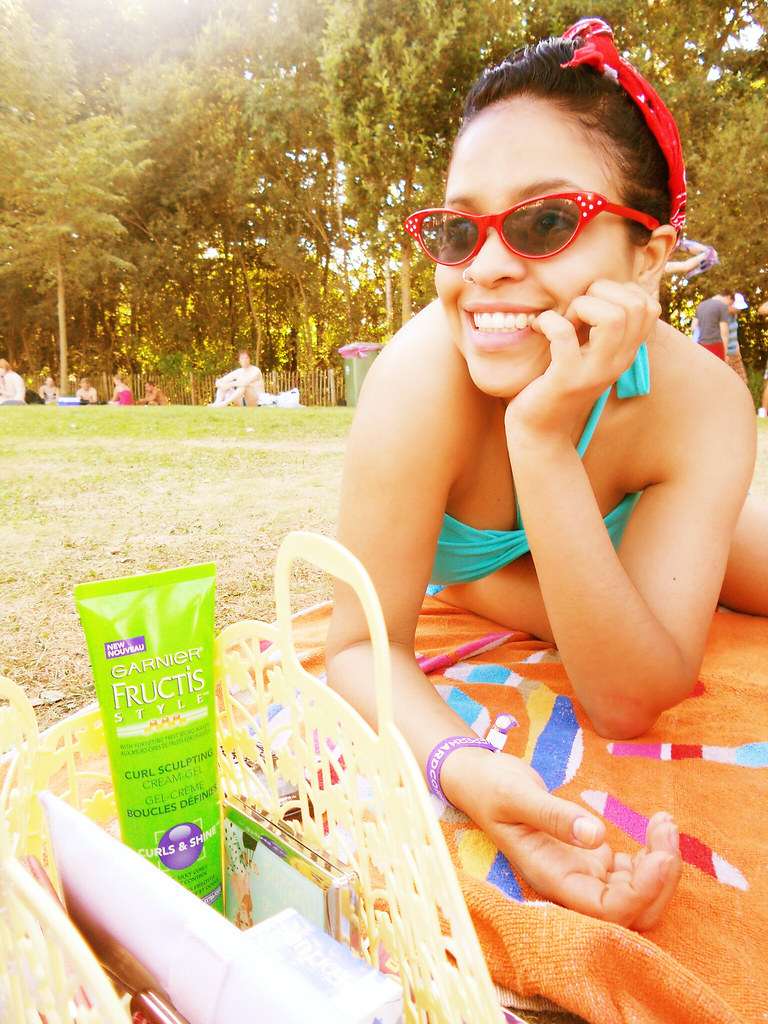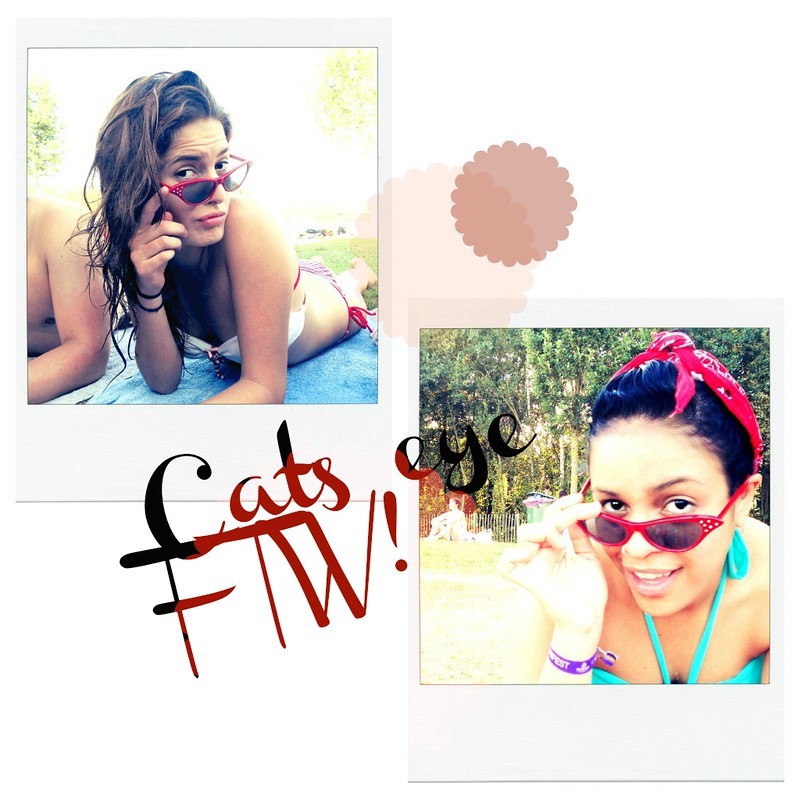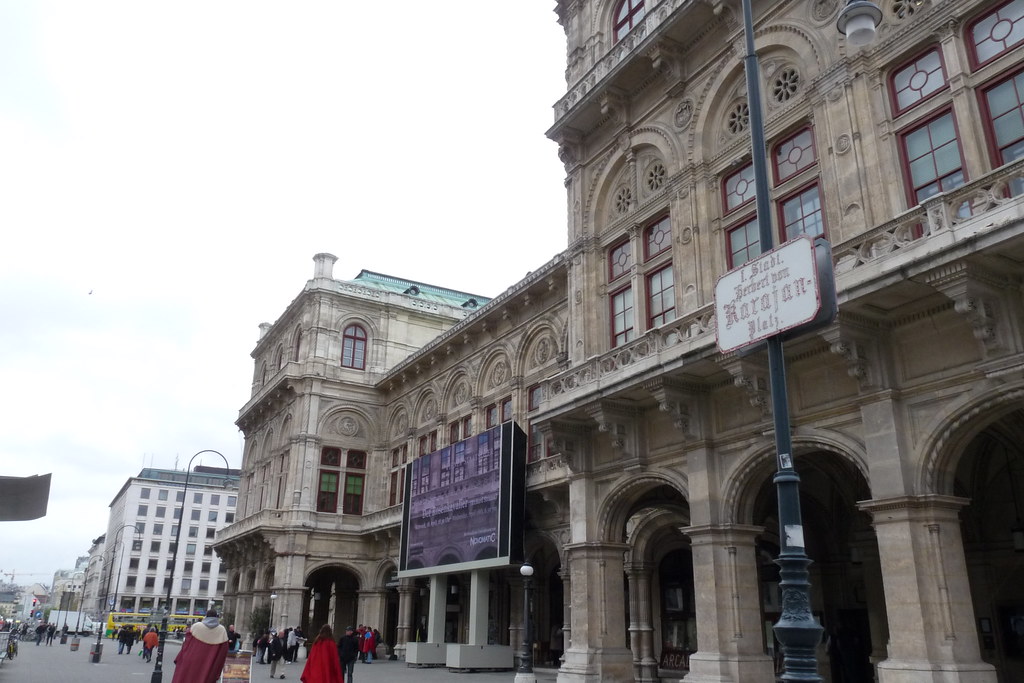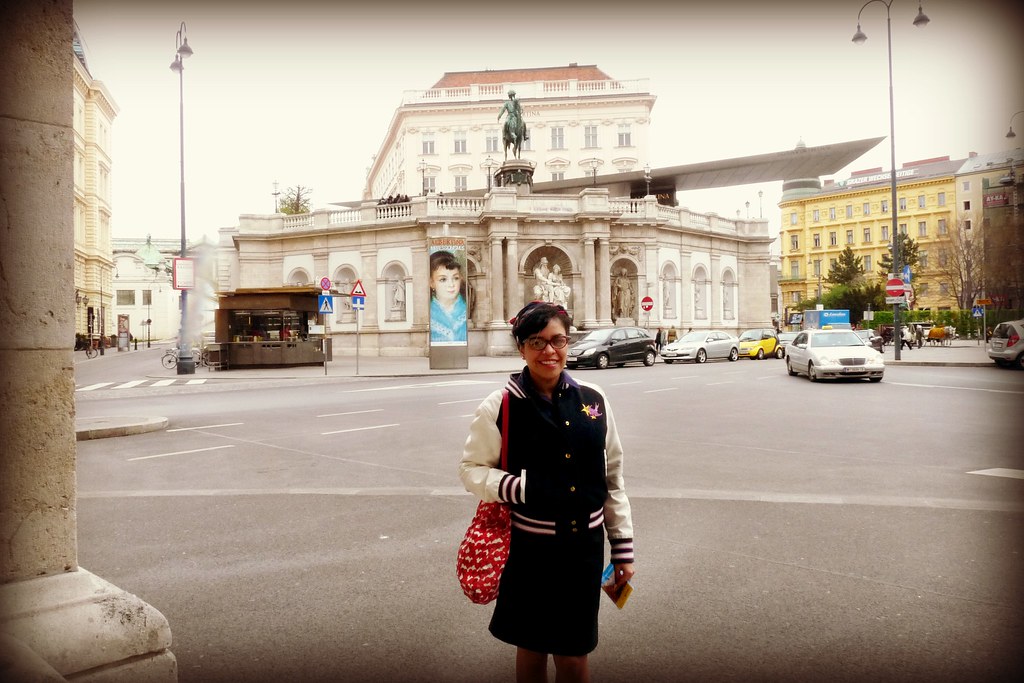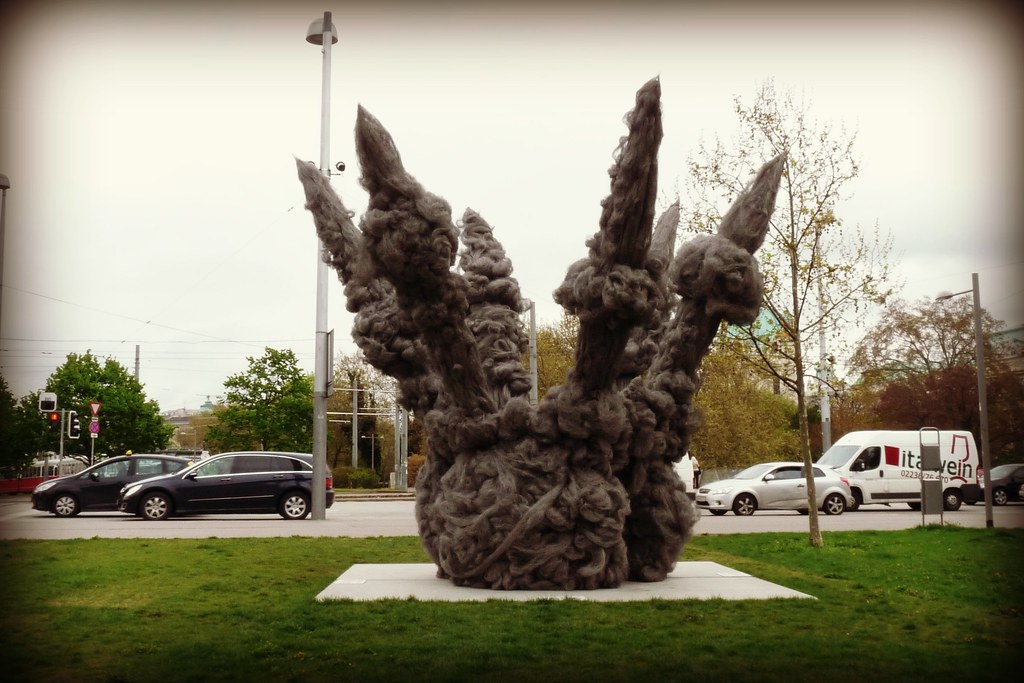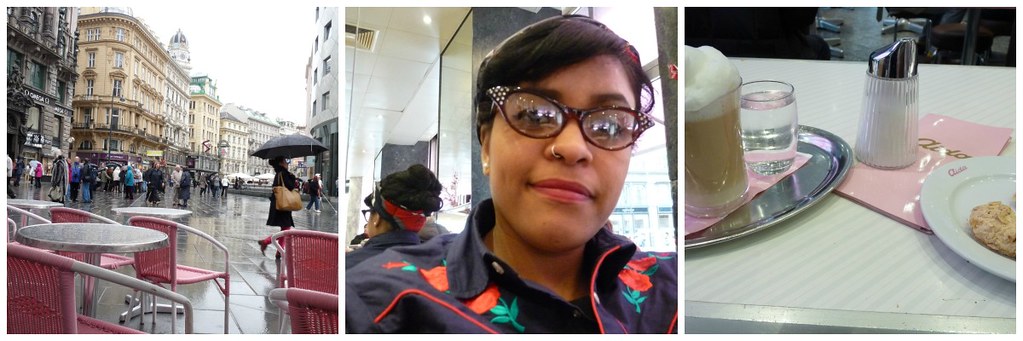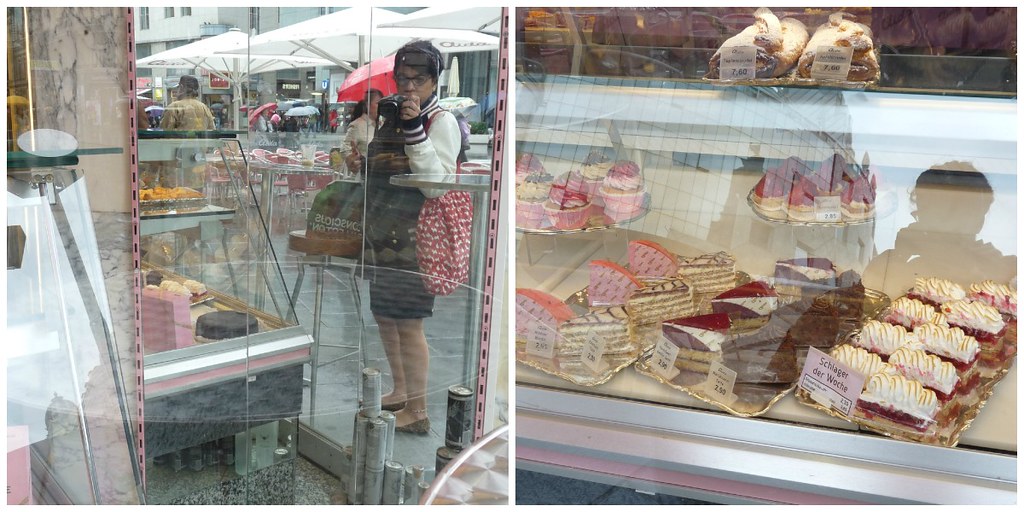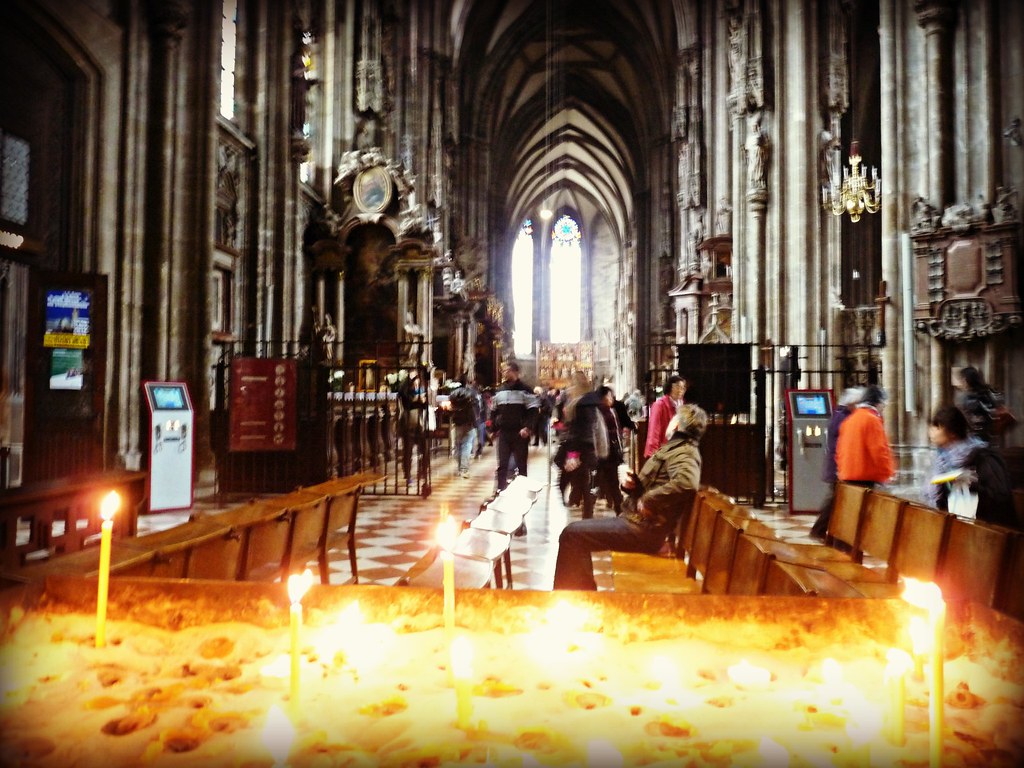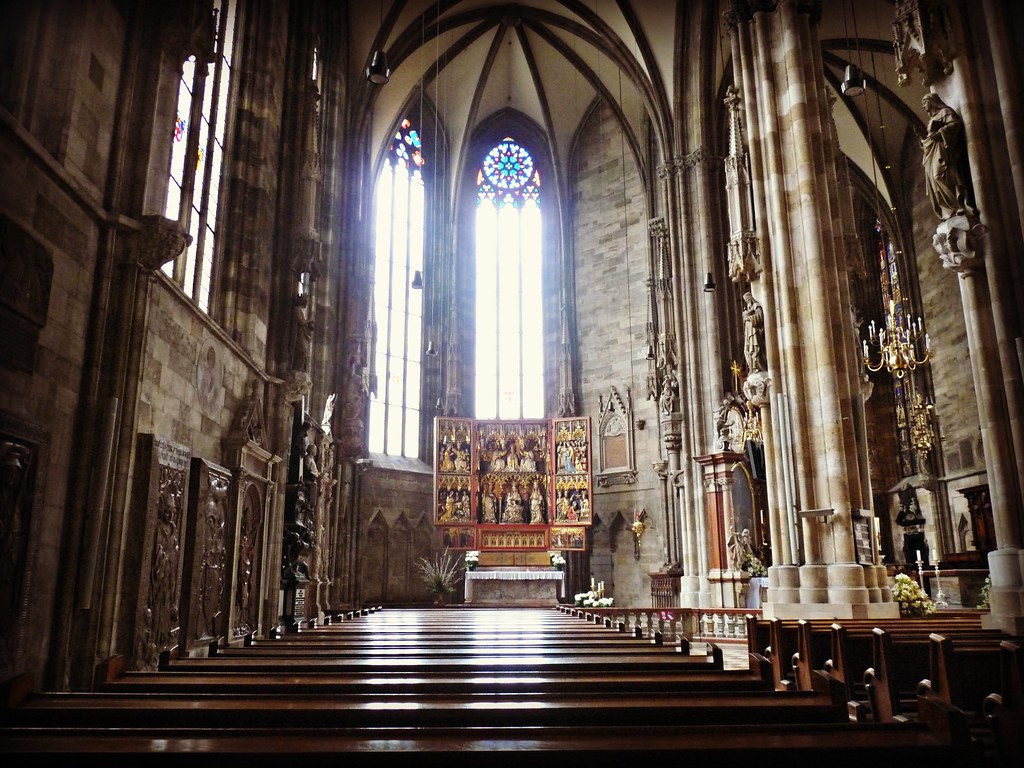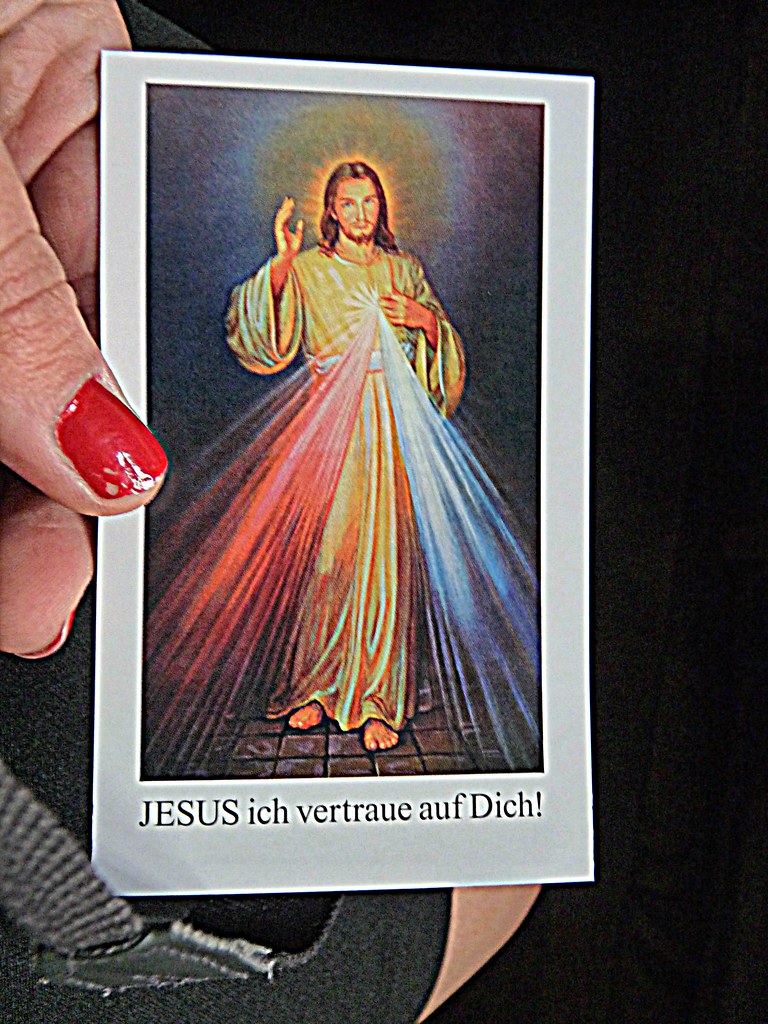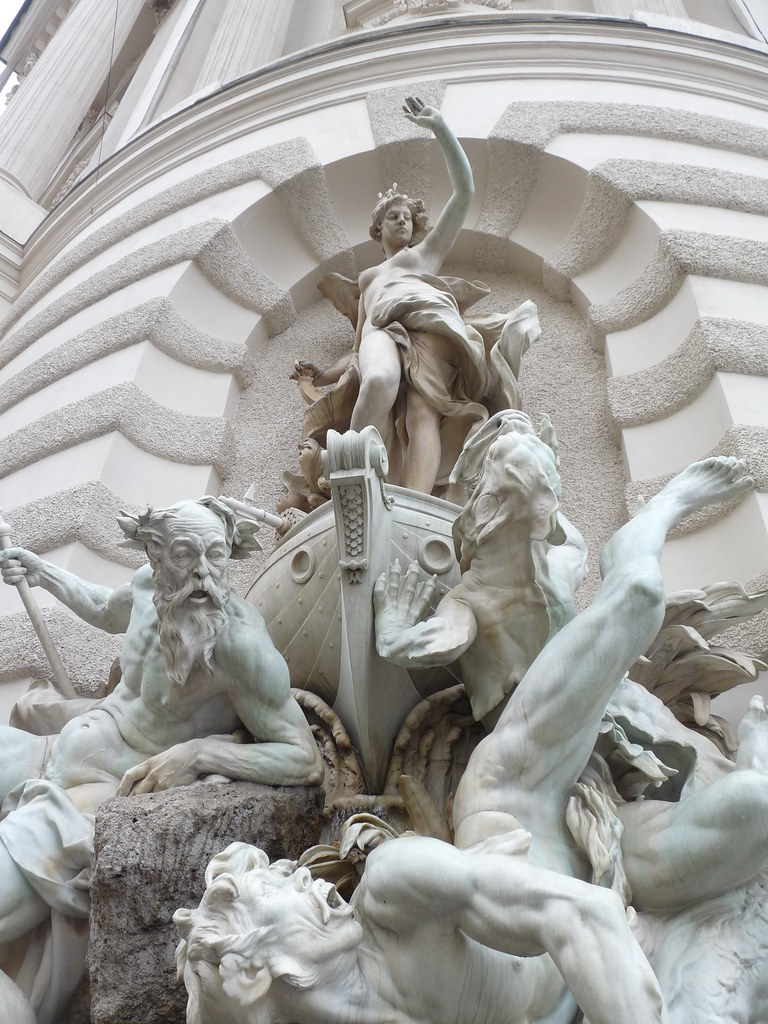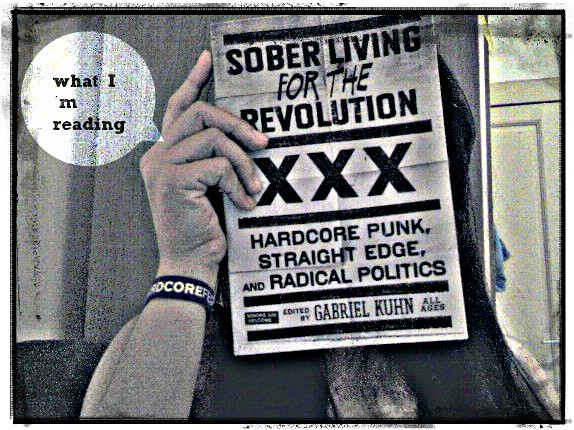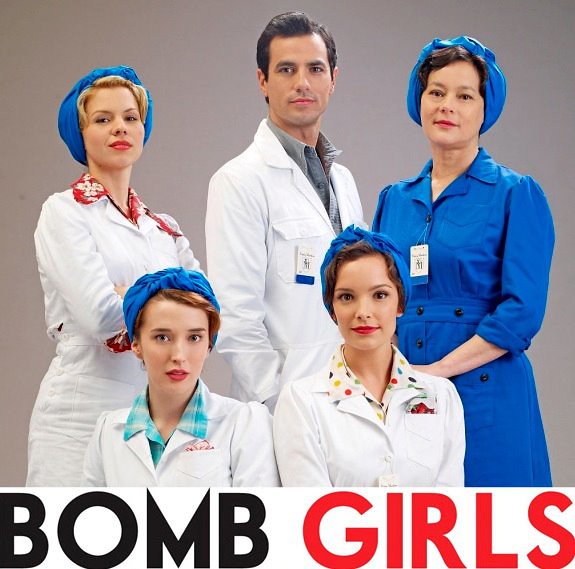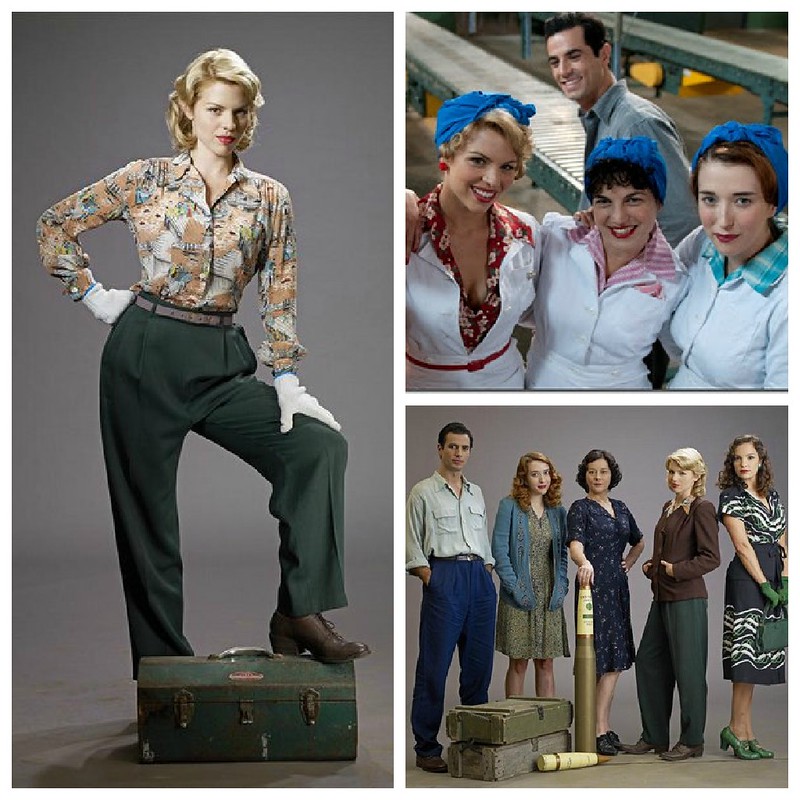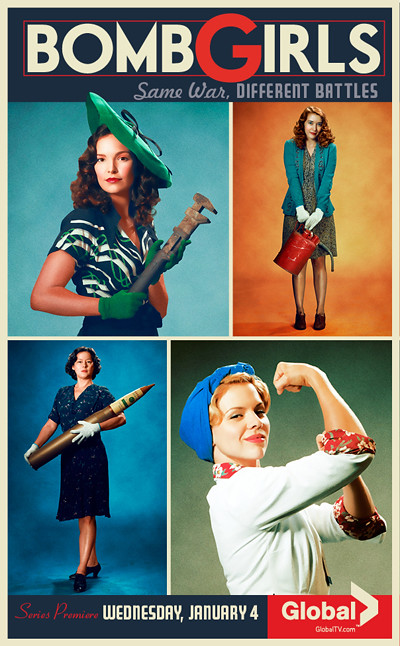
I´m certainly not an expert at dating vintage clothes but I´ve read a lot about it and I´ve learned useful tips, so I compiled a few rules to help you out next time you go on a thrifting adventure. Garage sales, vintage shops, street markets, charity shops and even your grandma´s closet are good resources for vintage clothes but it seems like 80s/90s clothes are the most common to be found. I hope next time they don´t fool you ;)/ Seguramente no soy una experta en calcular la edad de la ropa vintage pero he leído mucho sobre eso y he aprendido consejos útiles, así que he recopilado unas cuantas reglas para ayudarte la próxima vez que vayas a aventurarte a comprar ropa vintage. Las ventas de garaje, tiendas vintage, mercados callejeros, tiendas de caridad y hasta el armario de tu abuela son un buen recurso para la ropa de época, pero parece que la ropa de los 80s y 90s son las que se encuentran más comunmente. Espero que la próxima vez no te engañen ;)
Look for a metal zipper, with a flat large pull and large teeth. Sometimes zippers were painted to match the color of the dress. Keep in mind that before the late fifties, zippers were considered “sexually explicit” and were not used before then. A metal or aluminum zipper is usually a good indicator that you found a pre-1960s garment while nylon zippers are usually 60s and onward.
The location is also important: Zippers were usually put in the side seams of dresses, skirts and pants from the late 50s til the early 60s. From the 60s and onward, zippers were mostly used in the center back of dresses and skirts and the center front of pants.But, Remember that zippers can easily be replaced so look for other hints/ Mira si el cierre es de metal, con el pasador grande y plano y con dientes grandes. A veces, las cremalleras se pintaban para que coincidieran con el color del vestido. Ten en cuenta que antes de finales de los cincuenta, los cierres se consideraban "sexualmente explícitos" y no se utilizaban antes. Un cierre de metal o aluminio suele ser un buen indicador de que has encontrado un vestido pre-1960, mientras que los de nylon suelen ser de los 60 en adelante. La ubicación es también importante: los cierres se ponían generalmente en las costuras laterales de vestidos, faldas y pantalones de finales de los 50 - principios de los 60. A partir de los años 60 y en adelante, los cierren se empiezan a utilizar sobre todo en el centro de la espalda de los vestidos y las faldas y en el centro de la parte delantera de los pantalones.Pero, recuerda que los cierres se pueden sustituir fácilmente, así que a buscar otras pistas.
Best way to know if a garment is vintage or not is looking at the label (without the exception of hand-made items). Vintage tags are home-made looking mostly stiched (and not screen printed)and they obviously look aged. Pay attention to washing care instructions. If your garment has a washing care label then it´s an item for the 70s and onward because these tags were only made compulsory in the 1970s in the UK and US and later everywhere else in the world.
But if you can read the label-name on your dress’s tag, google it! I bet you will find some info about the brand/ La mejor manera de saber si una prenda es vintage o no, es mirando la etiqueta (a excepción de los artículos hechos a mano). Las etiquetas vintage se ven más "hechas en casa" y casi siempre bordadas (y no serigrafiadas) y, obviamente, lucen envejecidas. Presta atención a las instrucciones de lavado. Si la prenda tiene una etiqueta de lavado, entonces es un artículo de los años 70 y en adelante, ya que estas etiquetas sólo se hicieron obligatorios en la década de los 70 en el Reino Unido y los EE.UU. y posteriormente en el resto del mundo. Pero si puedes leer la etiqueta de tu vestido, googléalo! Apuesto a que va a encontrar algo de información acerca de la marca.
Also one good way to point out vintage clothes is to turn it inside out and check the seams. Many vintage-dresses don’t have lining because back in the day women wore more underdresses and slips therefore linings weren’t needed. In 20s, 30′s 40′s and even on 50′s many clothes were made by individual seamstresses ( specially in Venezuela/South America). Clothing industry wasn’t that big yet and they were expensive. Also industrial type of overlock machines were not much used yet. It wasn’t until 1960′s when overlock machines/sergers for home use were developed. That’s why many vintage clothes have only zigzag stitch on seam edges or even handsewn edging/ Otra buena manera de determinar si es verdaderamente ropa vintage o no es volteando la prenda y ver las costuras. Muchos vestidos de época no tienen forro porque las mujeres usaban más fondos y medio-fondos así que los forros no eran necesarios. En los años 20, 30, 40 e incluso en los años 50 muchas prendas eran hechas por costureras (especialmente en Venezuela / América del Sur). La confección industrial no era tan grande todavía y por ello eran más caros. Además, las máquinas filadoras (orilladoras) de tipo industrial no se utilizaban mucho todavía. No fue sino hasta 1960, cuando estas máquinas fueron desarrolladas para uso doméstico. Es por eso que mucha ropa de época sólo tienen puntadas de zig-zag en los bordes o inclusive puntadas a mano.
Most 40s and 50s items are made or rayon, cotton, wool or linen. It wasn’t until the 1960s and 70s that polyester (first known as Dacro) became common. Additionally, spandex was not invented until 1959 and was not commonly used until the 70s and 80s. Additionally, elastic was not often used in waists. Keep in mind that clothes were mainly homemade and therefore custom made so elastic waists were not necessary. You’ll find a handful of 1960s and 70s dresses with elastic, but it usually means the item is from the 80s or later.
Take a look at the colors. Are they pastel with geometric patterns? Probably 80s. Are they bold neons with hippie flowers? 60s. Is it classy and elegant? 40s -50s. But never ever depend solely on this/ La mayoría de los artículos de los años 40 y 50 eran de rayón, algodón, lana o lino. No fue sino hasta la década de 1960 y 70 que el poliéster (primero conocido como Dacro) se convirtió en algo común. Además, el spandex no se inventó hasta 1959 y no fue utilizado comúnmente hasta los años 70 y 80. Por otra parte, las elásticas en la cintura no eran de uso frecuente . Ten en cuenta que las prendas eran hechas por costureras en la mayoría de los casos y por lo tanto, hechas a la medida, así que las cinturas elásticas no eran necesarias. Se pueden encontrar vestidos con elástica de los 60 y 70 , pero por lo general significa que el artículo es de los años 80 o después. Echa un vistazo a los colores. ¿Son pastel con motivos geométricos? Probablemente, 80. ¿Son neones con flores hippie? 60. Es elegante? 40s-50s. Pero recuerda que no depende sólo de esto.
DO YOU HAVE TIPS TO SHARE? WRITE A COMMENT IF YOU DO/ ¿Tienes tips para compartir? ESCRIBE UN COMENTARIO
More info here!


